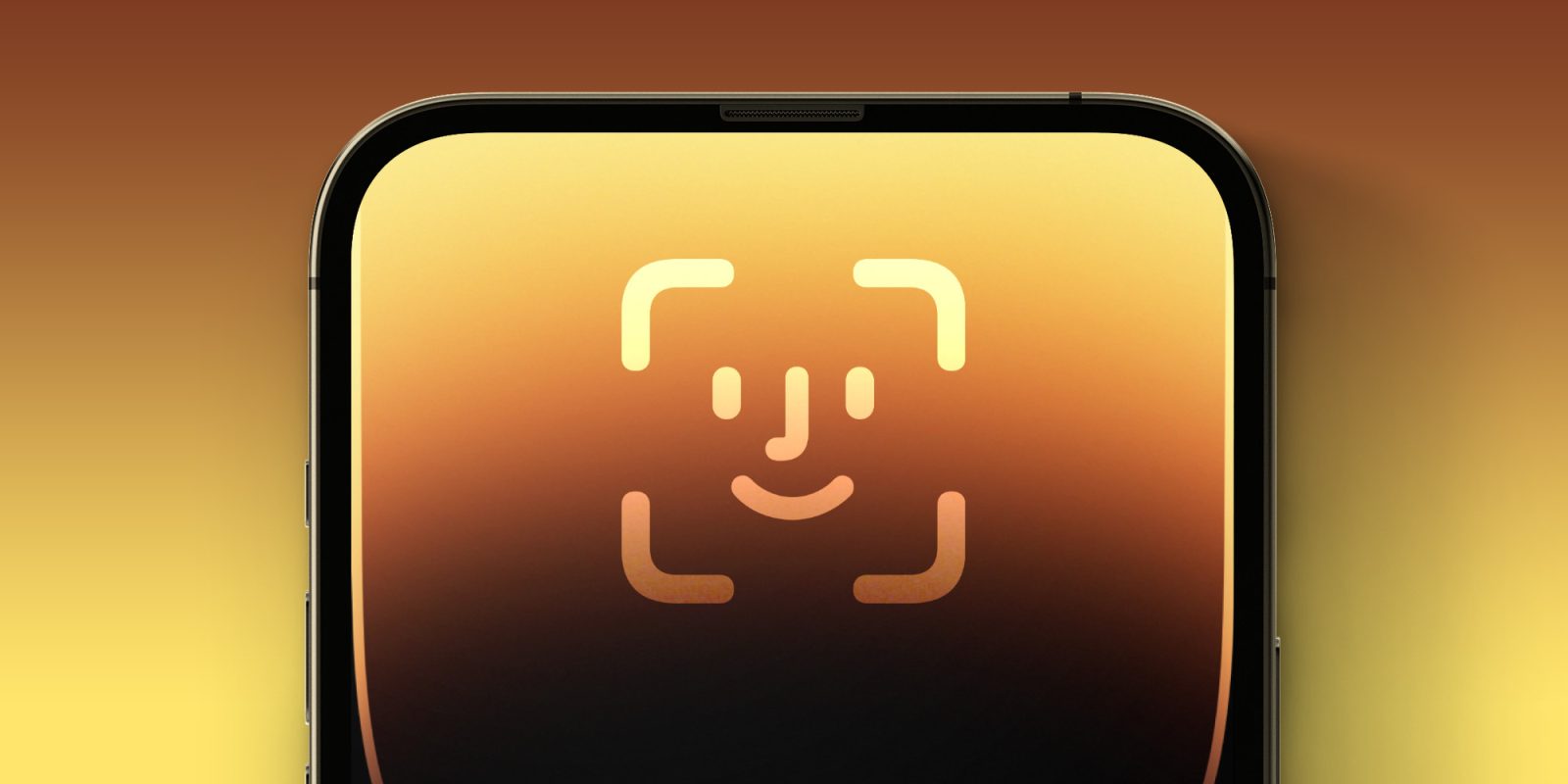
Update: Coincidentally, Apple was granted a patent for this technology on the same day as the latest supply-chain report – see below.
The iPhone X introduced the notch, the iPhone 14 Pro the Dynamic Island – and the iPhone 16 Pro is expected to offer the next logical step: embedded Face ID components beneath the display itself.
However, the latest report says that we shouldn’t expect Apple to follow Samsung’s under-display camera approach before 2026…
Embedded Face ID beneath the display
Apple has had patents for embedded Face ID for quite a few years now, and at one point it was suggested that Apple might introduce the technology in this year’s iPhone 15.
However, display analyst Ross Young quickly dismissed that, stating that it would instead come to the iPhone 16 in 2024. He said that there are samples in existence within the Apple supply chain, but that is to be expected at this stage.
Subsequent reports by Ming-Chi Kuo and others stated that the feature would be limited to the iPhone 16 Pro models. This is consistent with Apple’s increasing policy of widening the gap between the base and Pro models, and in particular doing so with display tech. In the iPhone 14 lineup, for example, the base models stuck with the notch while the Pro models got the Dynamic Island.
Another report says it’s a Pro-only feature
A report by The Elec again echoes that embedded Face ID will be limited to Pro models next year, and it will make it into the base models in 2025.
Meanwhile, Apple is expected to apply the ‘underpanel face ID’ feature, which hides Face IDs below the screen from next year’s lineup of iPhone 16-series Pro. Applying an underpanel face ID requires ensuring display transparency and package technology as the external light penetrates the display and enters the face ID […]
With the current trend, Apple can also apply the Underpanel Face ID to the next year, the next year, the iPhone Series sub-line in 2025.
Update: Patent granted for the tech
Patently Apple spotted that the iPhone maker was granted a patent for the necessary technology on the same day as the supply-chain report.
Coincidentally, Apple was granted yet another patent by the U.S. Patent and Trademark Office regarding this next-gen feature that could do away with their Dynamic Island on a number of iPhone models.
“A method comprising: receiving, from a camera disposed on a side of a back surface of a display that emits light from a front surface of the display, a captured image, wherein the captured image corresponds to light that has passed through the display and restoration optics configured to reduce image distortion caused by the display; and applying a digital filter to at least a portion of the captured image to further reduce image distortion caused by the display.”
Apple won’t rush to follow Samsung
Beyond embedded Face ID placing an infrared camera beneath the display, the next logical step would be to also embed the main front-facing camera.
We saw prototypes of this technology back in 2019 and 2020, and we noted that Apple would never do the same until it was able to eliminate the quality issues.
Put more bluntly, Oppo is admitting that the camera suffers from haze, poor dynamic range and inaccurate white balance. Given the high premium Apple places on camera quality, that’s the sort of compromise the company isn’t going to accept even in the selfie camera.
Samsung has never let quality or durability stand in the way of its rush to be first to market, however, and the company introduced it for real in last year’s Galaxy Z Fold 4. As our sister site 9to5Google noted in its review, this did not go well.
The 4MP under-display camera remains mostly pointless, in my book. There’s some utility in the camera being there, definitely, and it actually makes a good case for Flex Mode, acting as a tripod for video calls. But the quality suffers considerably, and it’s a camera worth avoiding if you can help it.
The Elec report says that Apple is expected to include an under-screen front-facing camera in 2026, by which time the technology will be in far better shape. So don’t expect to see an iPhone looking like the top image before the iPhone 18 …
Add 9to5Mac to your Google News feed.
FTC: We use income earning auto affiliate links. More.


![Apple patent granted for embedded Face ID expected in iPhone 16 Pro [U]](https://www.blackbikertv.com/wp-content/uploads/2023/03/24835-apple-patent-granted-for-embedded-face-id-expected-in-iphone-16-pro-u-1200x500.jpg)



